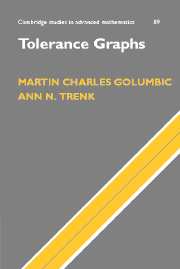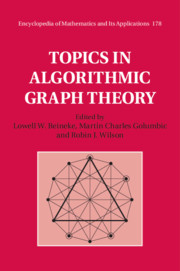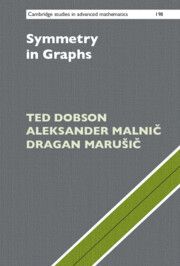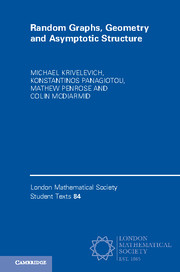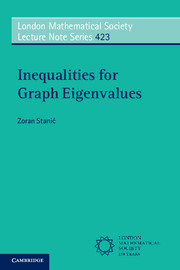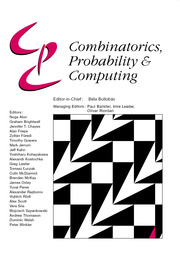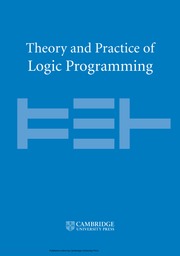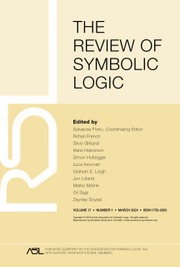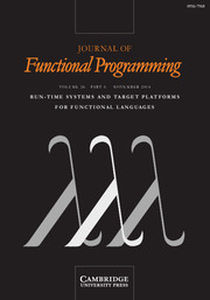Tolerance Graphs
Tolerance graphs can be used to quantify the degree to which there is conflict or accord in a system and can provide solutions to questions in the form of "optimum arrangements." Arising from the authors' teaching graduate students in the U.S. and Israel, this book is intended for use in mathematics and computer science, where the subject can be applied to algorithmics. The inclusion of many exercises with partial solutions will increase the appeal of the book to instructors as well as graduate students.
- Topic is active area of research with many exciting applications
- Book collects major results that were previously scattered through literature
- Numerous examples and exercises make this book ideal for a graduate course
Reviews & endorsements
"Many first-rate mathematicians have contributed, making the exposition's quality high overall. Highly recommended." D.V. Feldman, University of New Hampshire, CHOICE
Product details
March 2004Hardback
9780521827584
278 pages
236 × 158 × 19 mm
0.54kg
75 b/w illus.
Available
Table of Contents
- 1. Introduction
- 2. Early work on tolerance graphs
- 3. Trees, cotrees and bipartite graphs
- 4. Interval probe graphs
- 5. Bitolerance graphs and ordered sets
- 6. Unit and 50% tolerance graphs
- 7. Comparability and invariance results
- 8. Bounded bitolerance recognition
- 9. Algorithms on tolerance graphs
- 10. The hierarchy of bitolerance orders
- 11. Tolerance models on trees
- 12. Phi-tolerance models
- 13. Directed tolerance graphs
- 14. Open questions and further directions.

